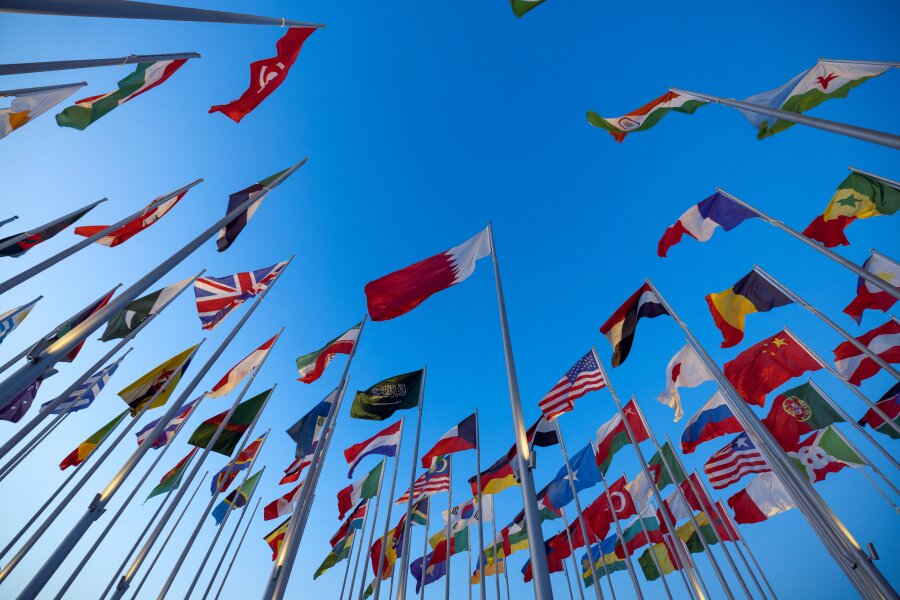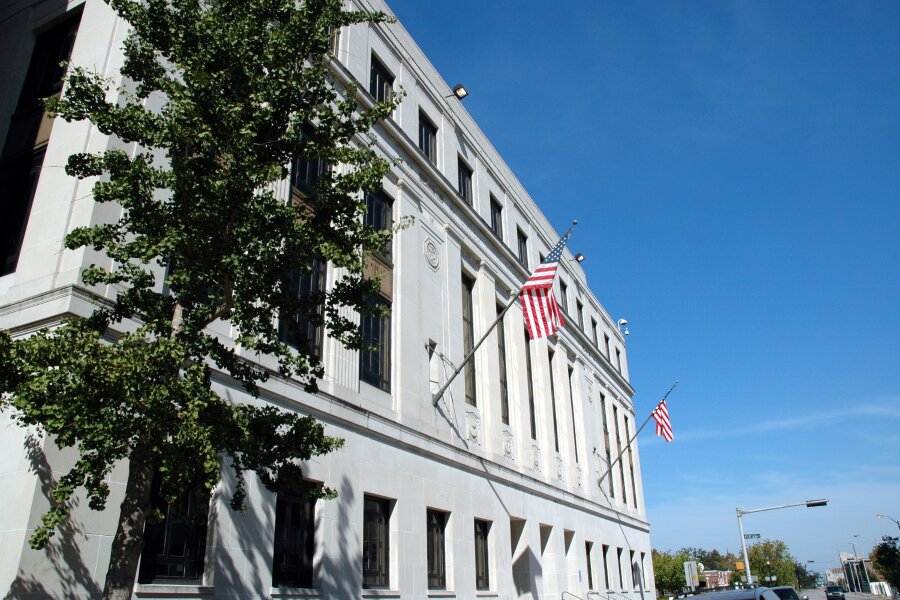Best Art & Cultural Property Law Lawyers in Svalbard and Jan Mayen
Share your needs with us, get contacted by law firms.
Free. Takes 2 min.
Or refine your search by selecting a city:
List of the best lawyers in Svalbard and Jan Mayen
We haven't listed any Art & Cultural Property Law lawyers in Svalbard and Jan Mayen yet...
But you can share your requirements with us, and we will help you find the right lawyer for your needs in Svalbard and Jan Mayen
Find a Lawyer in Svalbard and Jan MayenAbout Art & Cultural Property Law in Svalbard and Jan Mayen
Art & Cultural Property Law in Svalbard and Jan Mayen primarily pertains to the preservation, protection, and management of cultural heritage. Given Svalbard and Jan Mayen's unique geographical and historical context, the legal framework is aimed at safeguarding historical artifacts, local art, and cultural landmarks from misappropriation and ensuring compliance with international conventions and Norwegian legislation. The Norwegian Ministry of Culture, in cooperation with local administrations, oversees these laws to ensure that any activity related to cultural property aligns with both the cultural significance and environmental considerations of these regions.
Why You May Need a Lawyer
There are several scenarios where legal advice or representation could be necessary in the realm of Art & Cultural Property Law in Svalbard and Jan Mayen:
- Acquisition or sale of artifacts or artwork with historical significance.
- Inheritance disputes involving art and cultural property.
- Compliance with international agreements and local regulations for cultural exchanges or exhibitions.
- Protection of intellectual property rights related to indigenous art and cultural expression.
- Resolution of disputes involving cultural property restitution.
- Development projects potentially affecting archaeological sites or historical landmarks.
Local Laws Overview
The legal framework for Art & Cultural Property Law in Svalbard and Jan Mayen is guided by a combination of international treaties and Norwegian national laws. Key aspects include:
- The Svalbard Environmental Protection Act, which addresses the protection of cultural heritage sites in the vulnerable Arctic environment.
- Norwegian Cultural Heritage Act, which outlines regulations for the conservation of cultural monuments and sites.
- UNESCO conventions that Norway has ratified, focusing on the prevention of illicit trafficking and promotion of cultural heritage.
- Local administrative guidelines specific to Svalbard Governorate often supplement national laws to address regional concerns.
Frequently Asked Questions
What is considered cultural property in Svalbard and Jan Mayen?
Cultural property includes tangible artifacts of cultural significance, historic monuments, and works of art associated with the region's heritage.
Are there restrictions on exporting art from Svalbard and Jan Mayen?
Yes, the export of certain artworks and cultural artifacts is regulated and often requires permits to ensure cultural preservation.
How are cultural property rights enforced?
Enforcement is typically carried out through a combination of police action, customs controls, and administrative oversight by cultural agencies.
What should I do if I discover an archaeological find?
It is important to report any archaeological discoveries to the local authorities or the Svalbard Governorate, as they are protected by law.
Can I create commercial reproductions of indigenous art?
Legal counsel should be sought, as indigenous art may be protected under intellectual property laws, requiring permission for reproduction.
Who manages cultural heritage sites in Svalbard and Jan Mayen?
The management is a collaborative effort between the Norwegian Directorate for Cultural Heritage and local administration, particularly in Svalbard.
Do international laws impact local art transactions?
Yes, international conventions against illicit trafficking and theft often have implications on local transactions to ensure lawful dealings.
Are there tax incentives for cultural donations?
Norwegian law offers tax incentives for donations that support cultural property preservation and development.
Can private collectors acquire cultural artifacts?
Acquisition is permitted under strict legal regulations to ensure the protection of artifacts with cultural significance.
What legal frameworks protect indigenous cultural expressions?
Various national and international legislations, including those on intellectual property, help protect indigenous art and cultural expressions.
Additional Resources
For further information relating to Art & Cultural Property Law in Svalbard and Jan Mayen, consider connecting with the following:
- The Norwegian Directorate for Cultural Heritage
- Svalbard Governorate's official resources
- Norwegian Ministry of Culture
- UNESCO’s Intangible Cultural Heritage resources
Next Steps
If you require legal assistance in Art & Cultural Property Law, consider the following steps:
- Identify your specific legal needs related to cultural property.
- Consult with a legal expert specializing in Art & Cultural Property Law or reach out to a local law firm with experience in this area.
- Gather any necessary documents or evidence related to your case or inquiry.
- Consider reaching out to local cultural agencies for initial guidance and advice.
Addressing legal issues involving cultural property can be complex, and professional guidance is often necessary to navigate the regulatory framework effectively.
Disclaimer:
The information provided on this page is for general informational purposes only and does not constitute legal advice. While we strive to ensure the accuracy and relevance of the content, legal information may change over time, and interpretations of the law can vary. You should always consult with a qualified legal professional for advice specific to your situation. We disclaim all liability for actions taken or not taken based on the content of this page. If you believe any information is incorrect or outdated, please contact us, and we will review and update it where appropriate.







